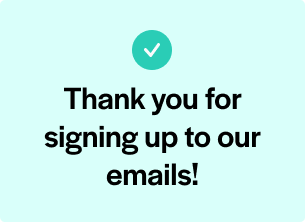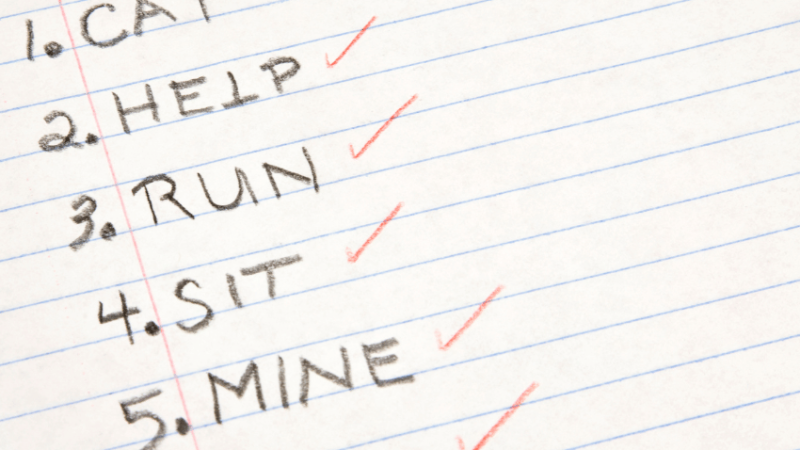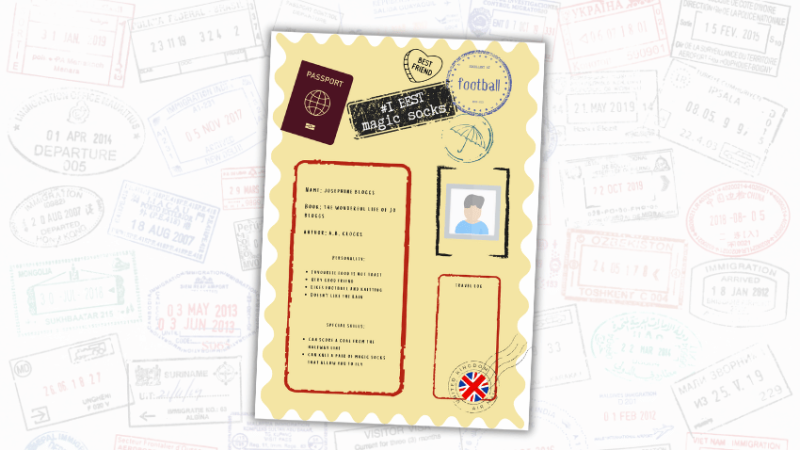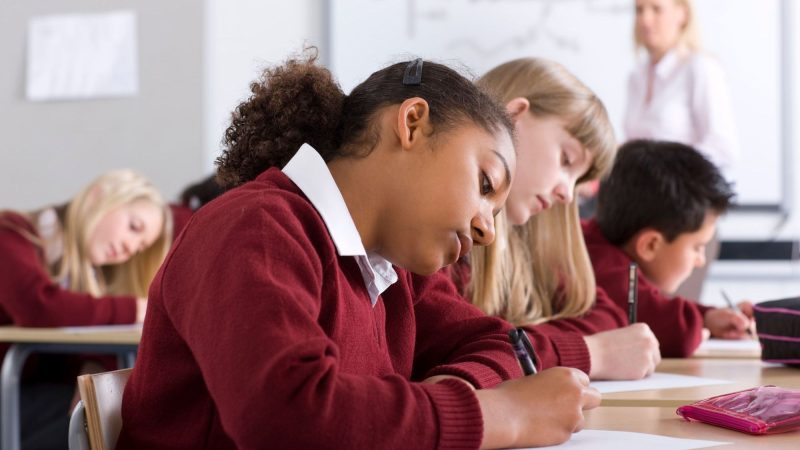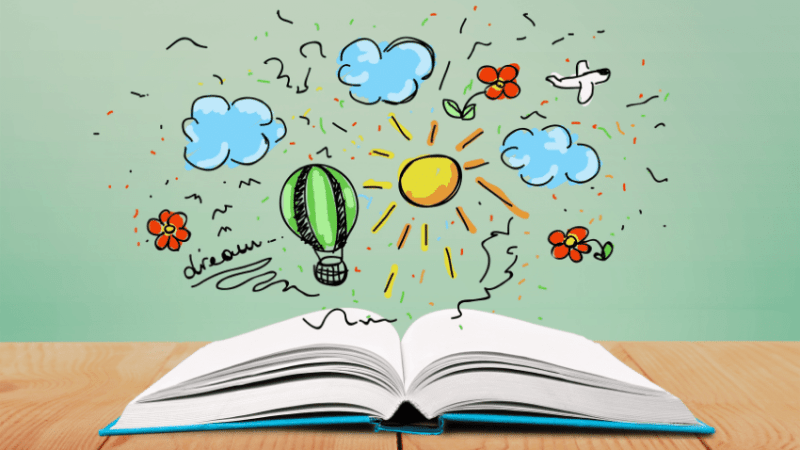Find a Book Children Will Love and It Will Stay With them Forever
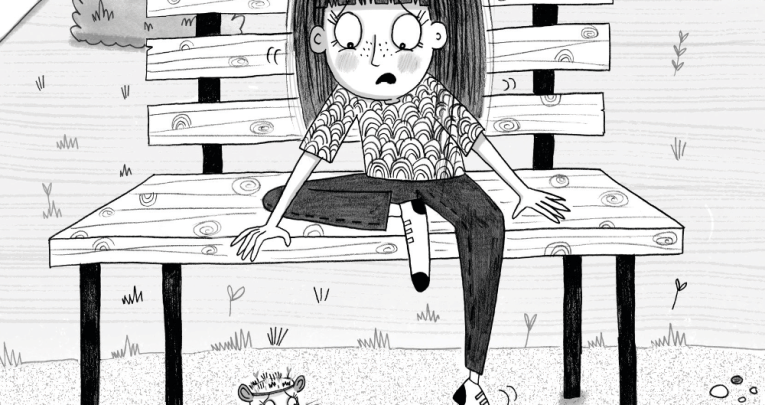
Holly Webb loves classic children’s books so much, she’s written sequels to two of her favourites…
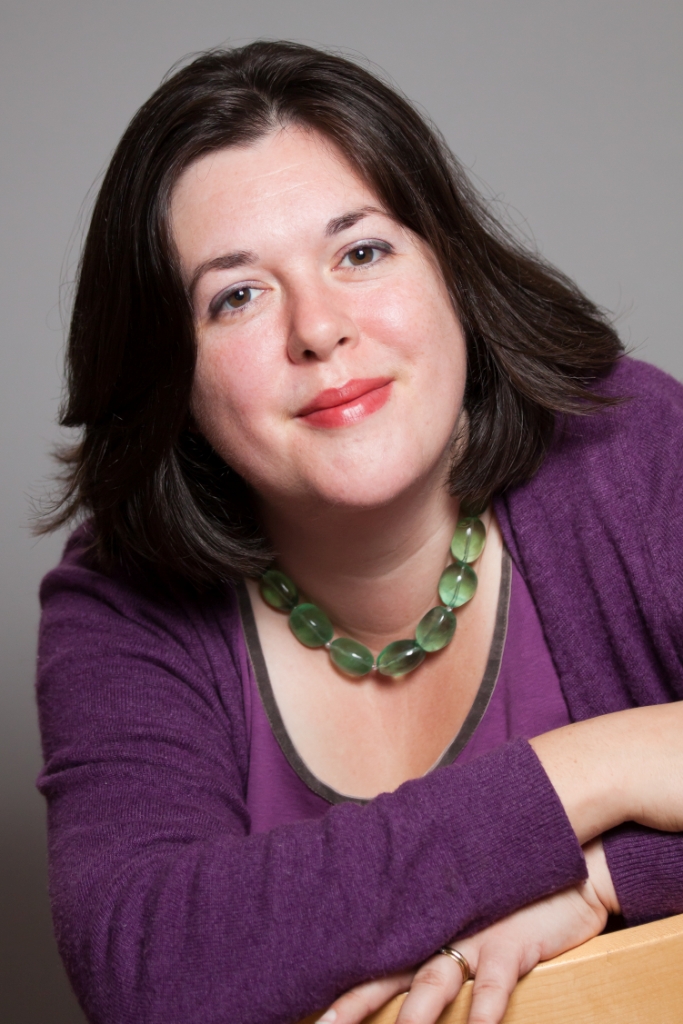
- by Holly Webb
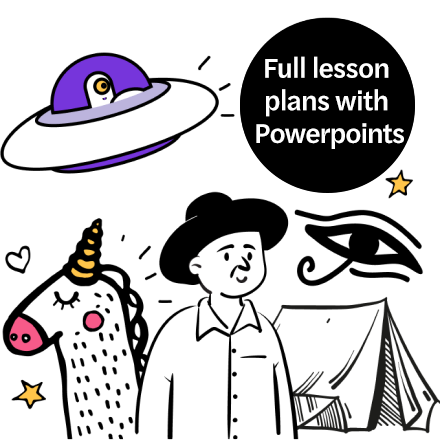
One of my strongest memories from school is getting into trouble for leaving a copy of When Hitler Stole Pink Rabbit on the ground outside our classroom door. I’d been reading it, and then someone called me away to join a game, so I sensibly (I thought) left it ready to take inside later.
I was banned from borrowing any more books from the class library, and I was devastated. Looking back, I do wonder if my teacher was cunningly trying to get me to stop reading and run around a bit more…it didn’t really work.
I read a lot as a child. It helped that my dad loved old books and our house was full of them. Plus we were lucky enough to have a local library that was nearby, and actually open.
When I was asked to write about my reading life and how I loved classic children’s books so much that I’d written sequels to two books by Frances Hodgson Burnett, I was a bit worried that this was going to turn into one of those pieces – Ten Children’s Classics That Everyone Must Read (and that you’re not a proper reader if you haven’t). It’s not meant to be.
There’s a notion that classics are some sort of ultimate reading challenge – difficult and worthy and only for the very best readers.
Of course many classic books are harder to read, due to unfamiliar vocabulary, and often a more formal writing style, but once you’re past this these books are loved and passed down and celebrated just because they’re so worth reading.
The books you really loved as a child stay with you always. I recently bought a new copy of Theatre Shoes by Noel Streatfeild (it was called Curtain Up when it was in my Christmas stocking when I was about nine) and discovered that my Puffin paperback must have been abridged.
There were whole chunks that I’d never read before (the book was written in 1944, and the Puffin editors managed to remove most of the casual racism) and they jumped out at me. It made me realise how often I’d read the book, and how much I loved it.
The best thing is that so many of these books have something extra now that was never intended when they were written – they work as doors into an entirely different world.
Not because they’re fantasies (though so many brilliant ones are, think of Peter Pan, and the Narnia books) but because the everyday details from 80 or 100 years ago are so very different from our own lives.
Theatre Shoes is mainly about three children being sent to a theatre school (the same one that was made famous in Ballet Shoes) but it was written during World War Two, and set in London after the Blitz.
The children have been living in the country, so they find wartime London very strange – but not nearly as strange and fascinating as a child reading the book now. Most of the houses in the London square the children move to are boarded up, or only half there.
Each of the empty houses has rusting cans of water on the doorstep, in case there’s a fire. The children’s school overalls have to be made out of blackout fabric, because it’s the only cloth they can get that’s not rationed.
These details aren’t vital to the story at all, but they can transport anyone reading into an eerily different world.
The two books I returned to most often as a child were written 30 years before Theatre Shoes, but I must have read them first at about the same time. Looking back, I feel jealous of nine- or 10-year-old me, getting to read The Secret Garden and A Little Princess without knowing what happens.
It was actually terrifying, loving these books so much, to start writing a sequel. I never intended to – Return to the Secret Garden happened after a conversation with my editor about our favourite books.
It was all her fault – I’d never have dared. But once she’d suggested it, the idea wouldn’t go away. I loved the idea of taking new children, both characters and readers, to Misselthwaite Manor and the garden.
I set it 30 years later, though, to let the dust settle. Then when I’d done it once, it was just so tempting to go back to A Little Princess. The Princess and the Suffragette is more of a direct sequel, but it’s about Lottie, a supporting character from the original book.
I loved getting to step back through that door, into the strange, stuffy, Edwardian world of Miss Minchin’s Select Seminary for Young Ladies.
It was such a fascinating time for girls to be growing up – I wanted to let a little fresh air into Lottie’s life.
The Princess and the Suffragette by Holly Webb is published by Scholastic (priced £9.99).

